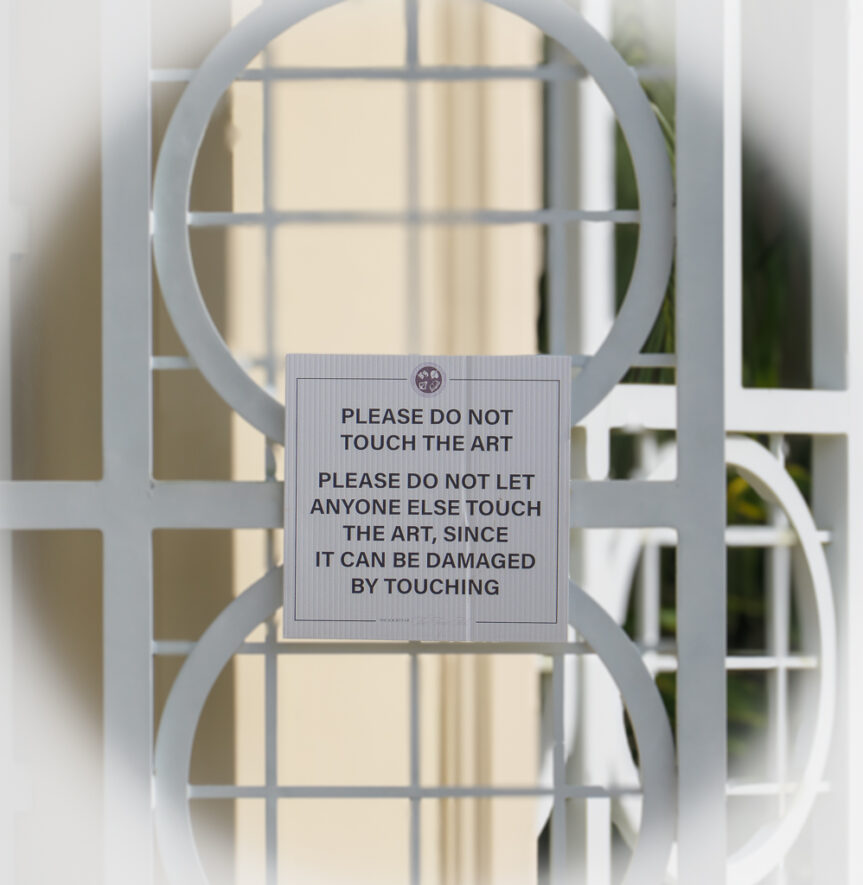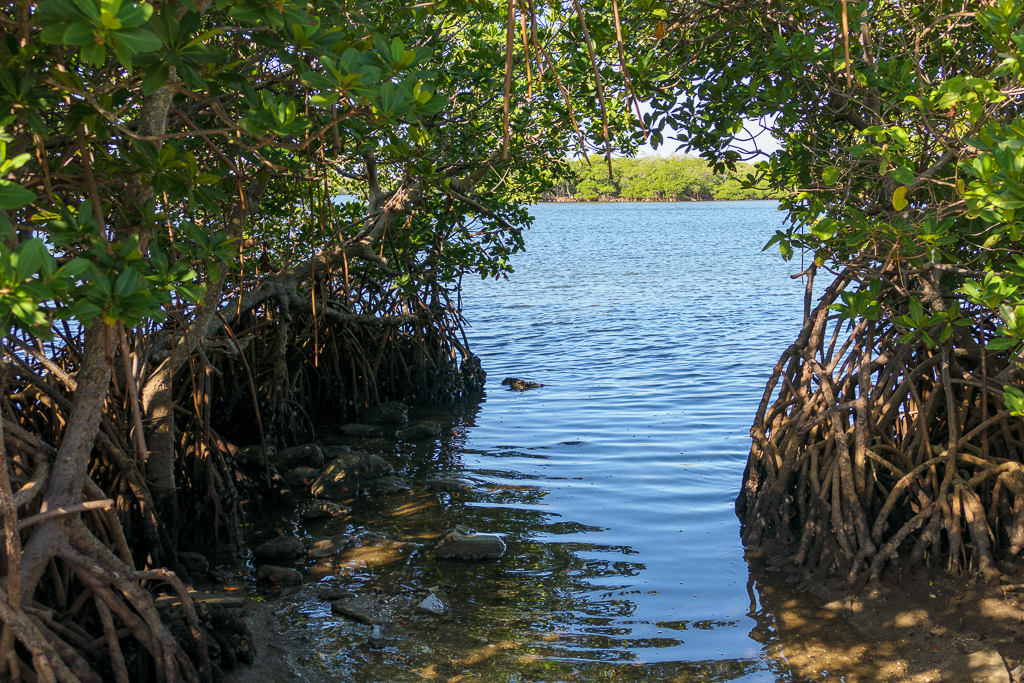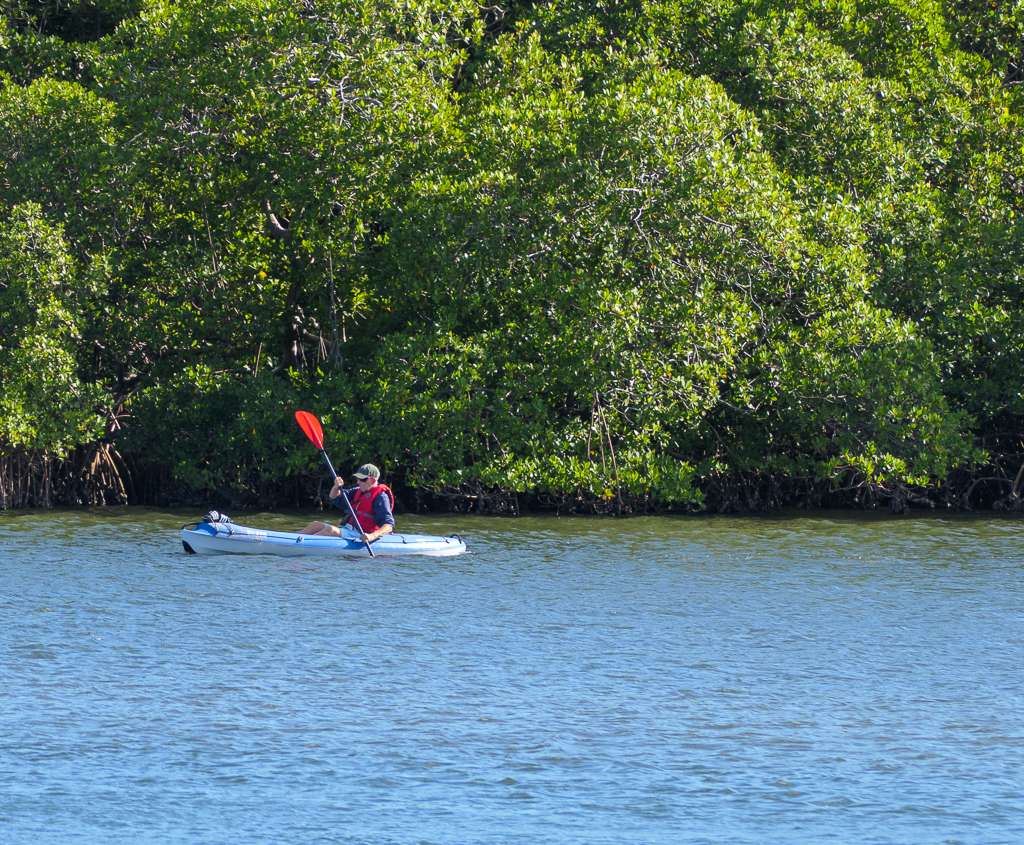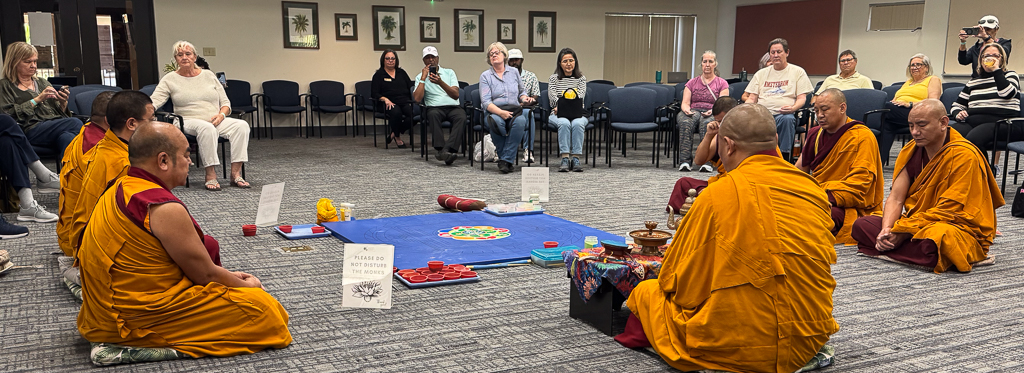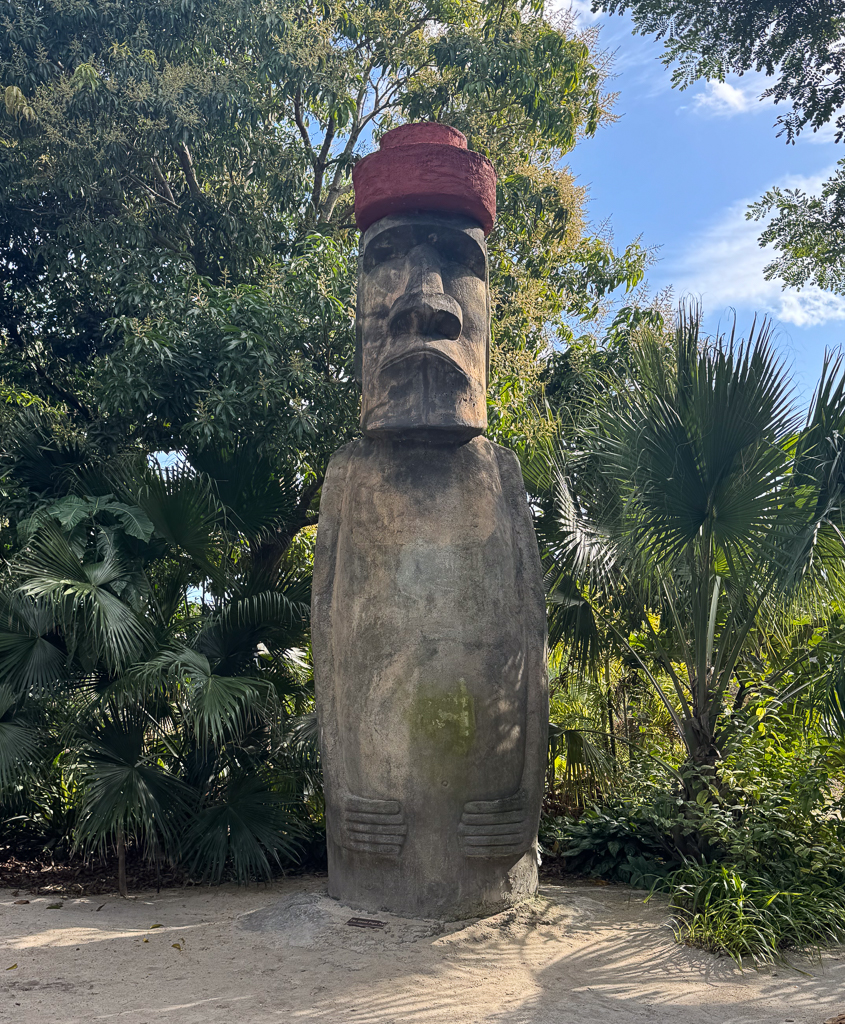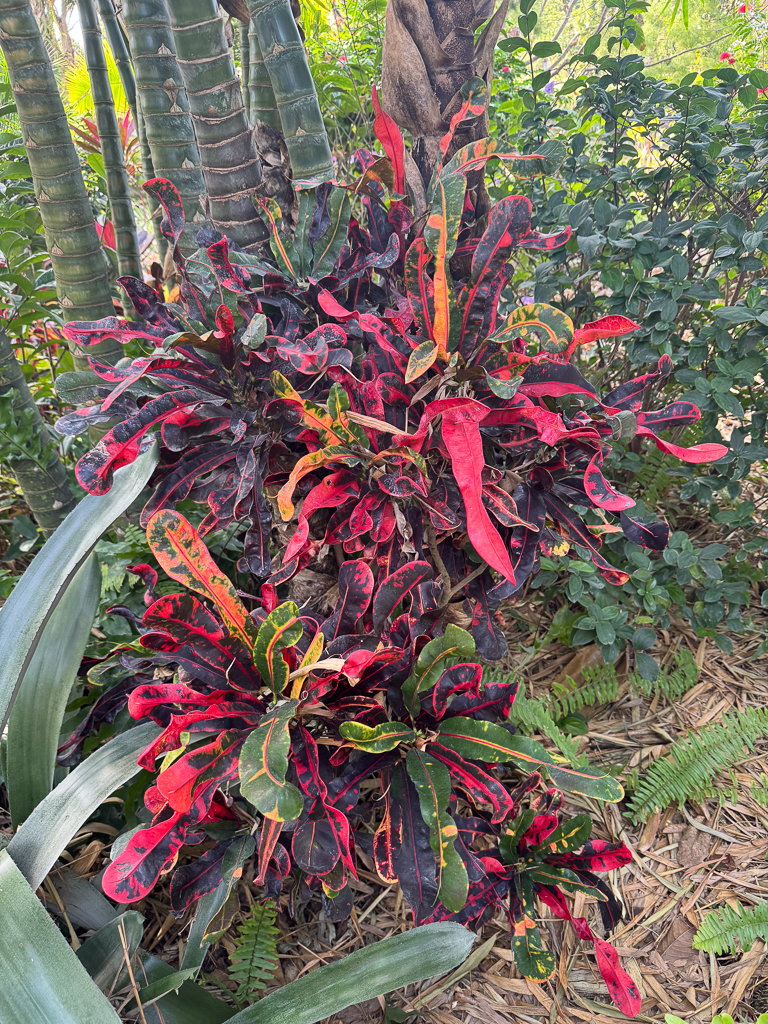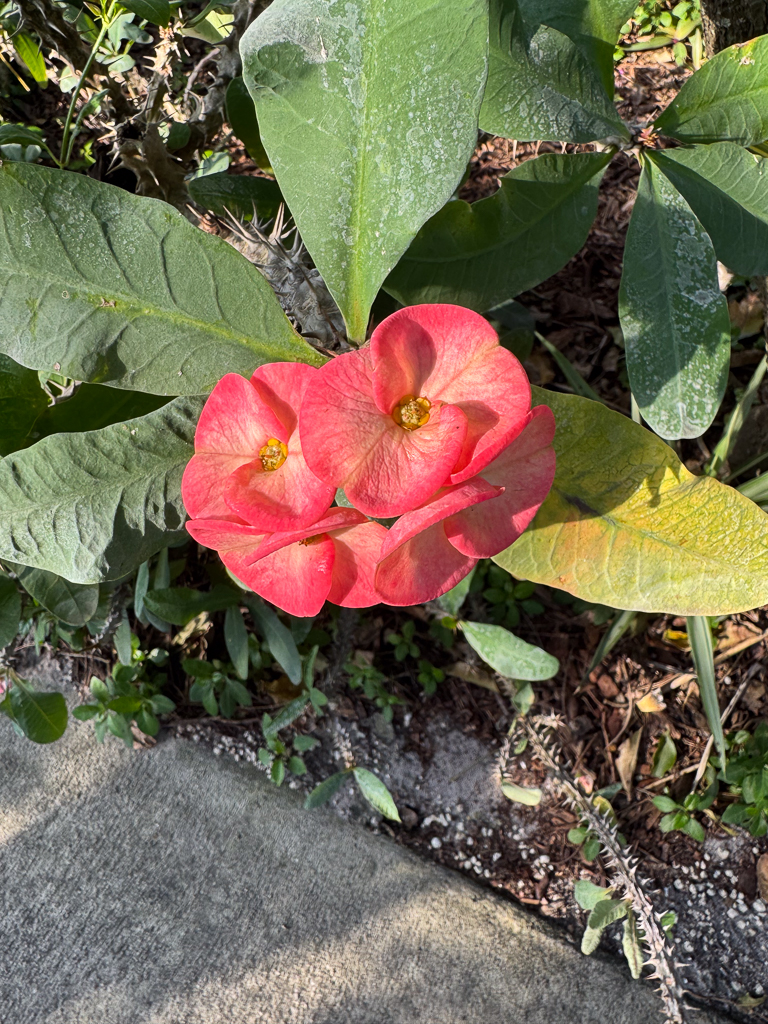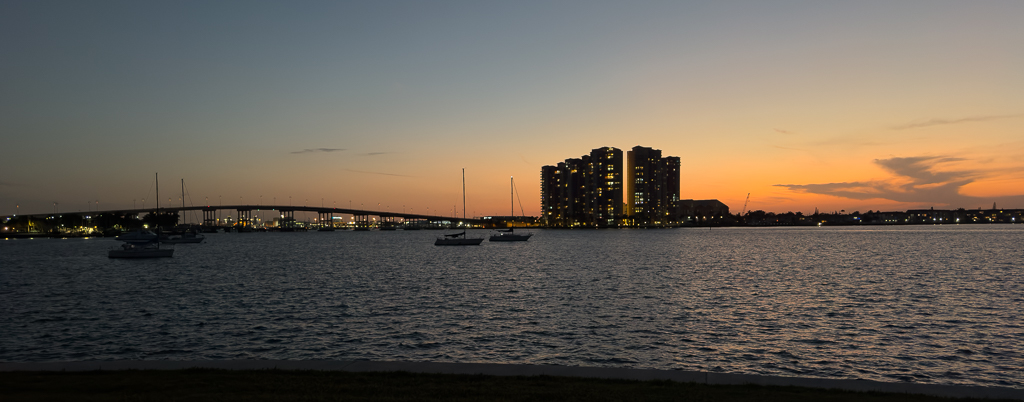Our friend Sarah recommended we visit the garden at the Society of the Four Arts in Palm Beach, promising we’d be astounded by what they did with such a small space. We planned to go there this morning, but ran into a problem – the parking lots were closed due to a member event this afternoon. The guard said we’d be able to visit the garden if we could find parking elsewhere, which we did…and the garden gates were open, so we strolled in and enjoyed the statues (and even a few flowers).
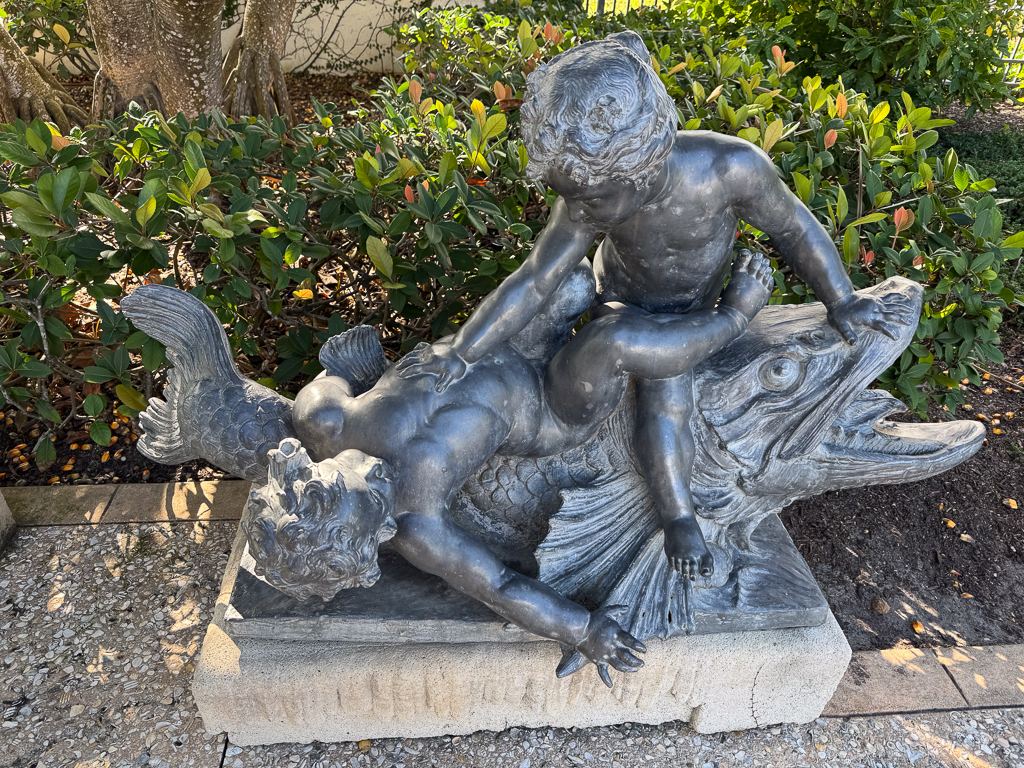
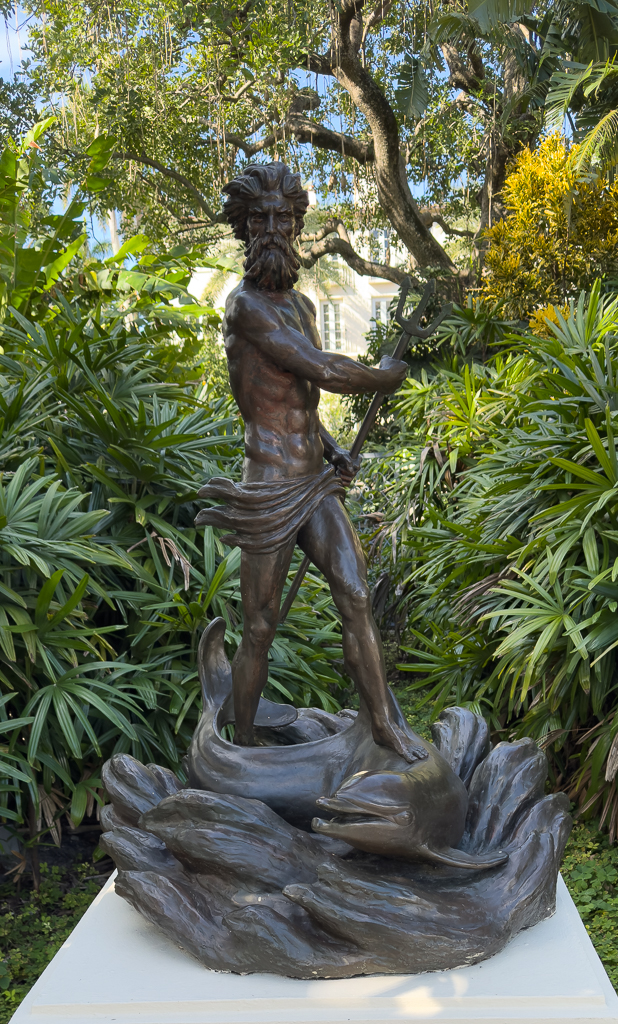

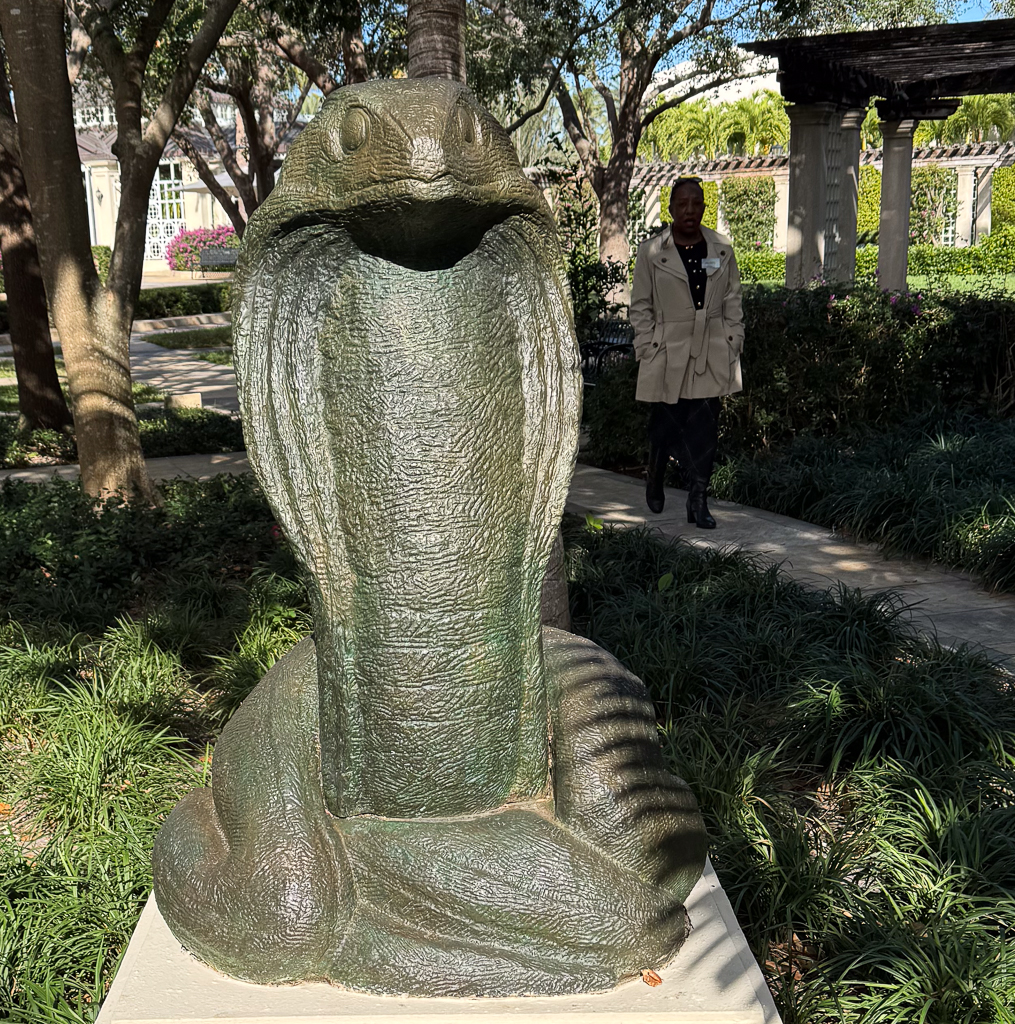
The woman in the last photo was on her way to talk to us – she said we had to leave the garden because of “security for today’s speaker”, but she did say we could take the long way out, so we enjoyed a bit more of the art before leaving.
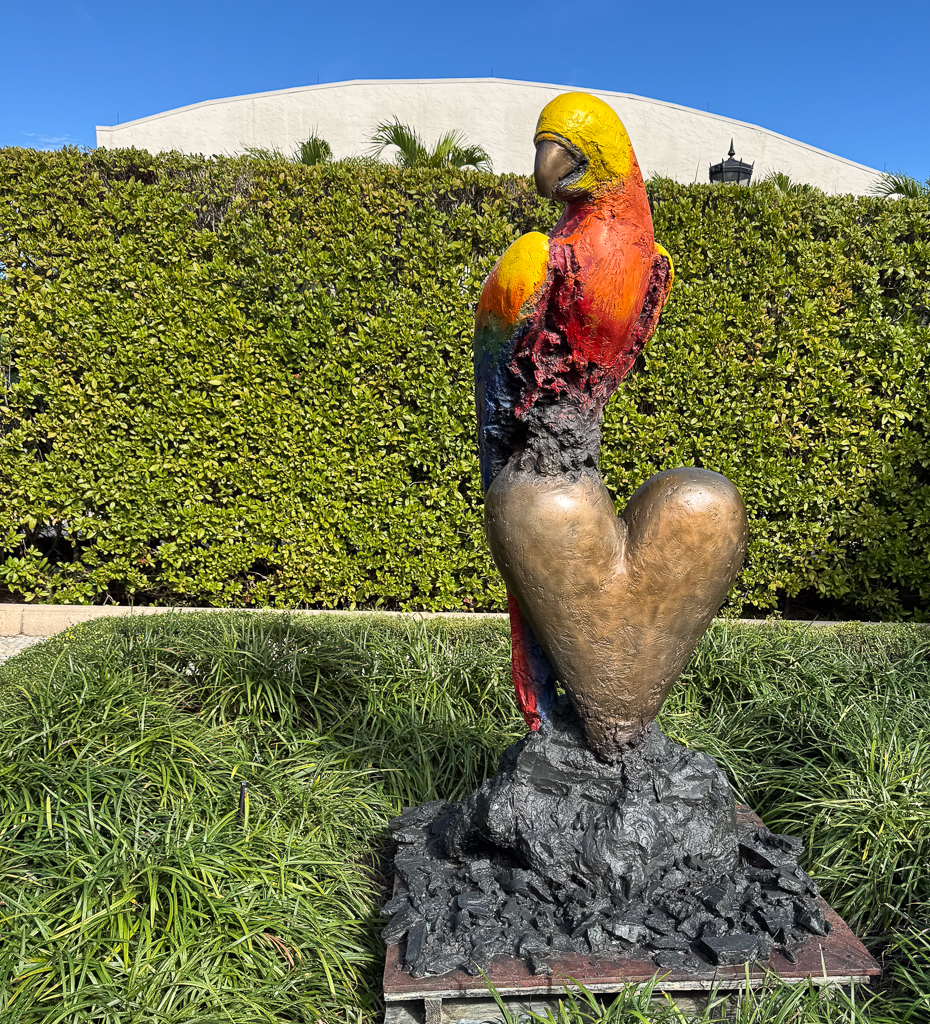
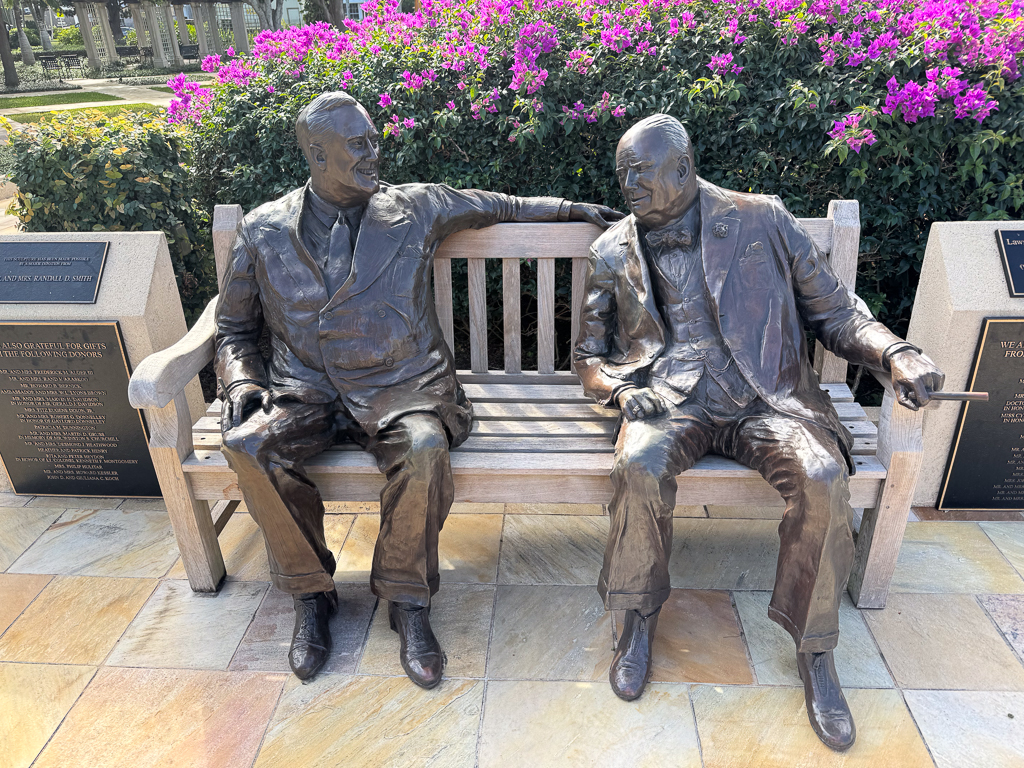
On our way out of the garden, my brother asked one of the workers who the speaker was – it was Wilbur Ross, former Secretary of Commerce (but not culture, obviously).
The sign at the top of this post amused me – I guess it’s directed at the members of the Society.
We had lunch at Toojay’s Deli in The Royal Poinciana Plaza, where they keep their books cold.
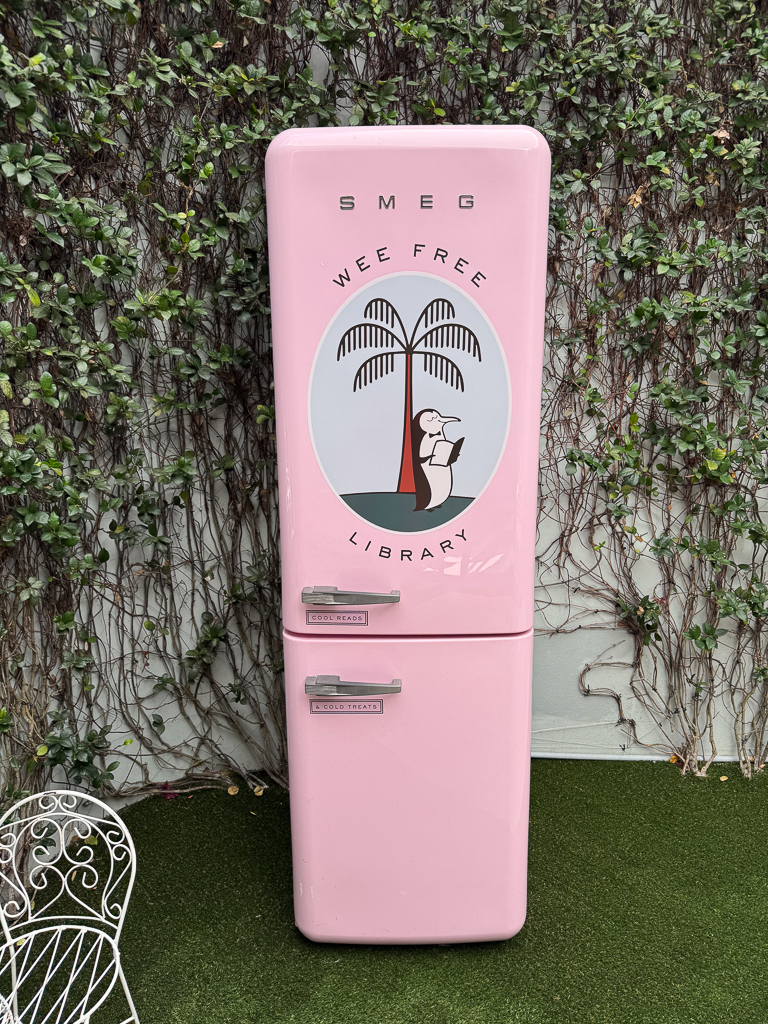
After lunch, we drove over to Manatee Lagoon, where manatees gather to take advantage of the warm water coming from the FPL power plant. There were plenty of manatees to see today, as well as a view of a few of the one-percenters’ yachts.
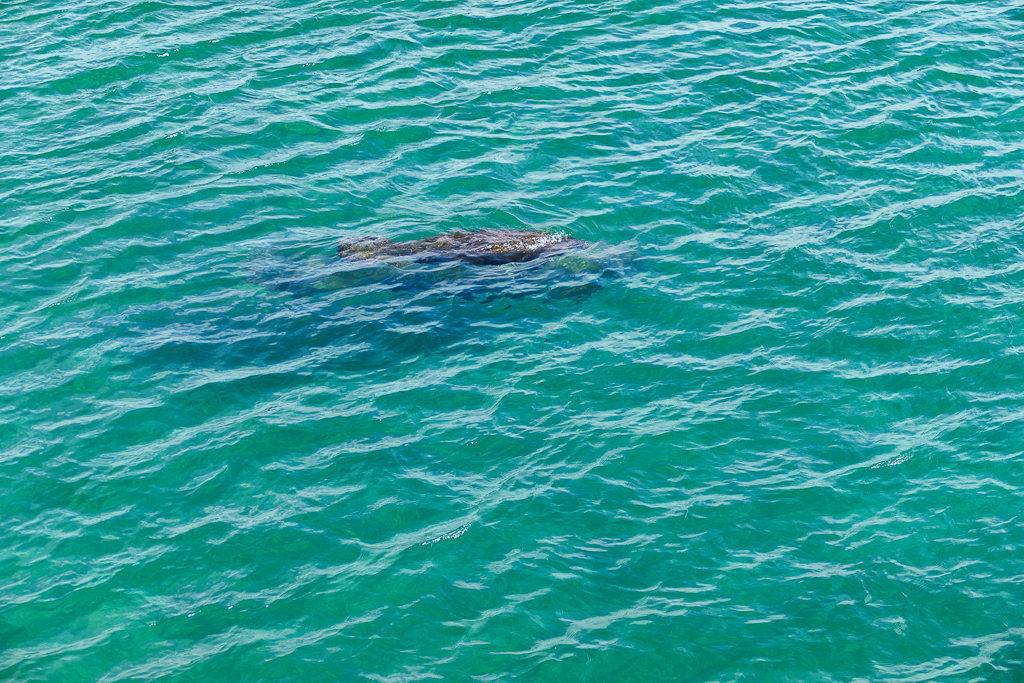
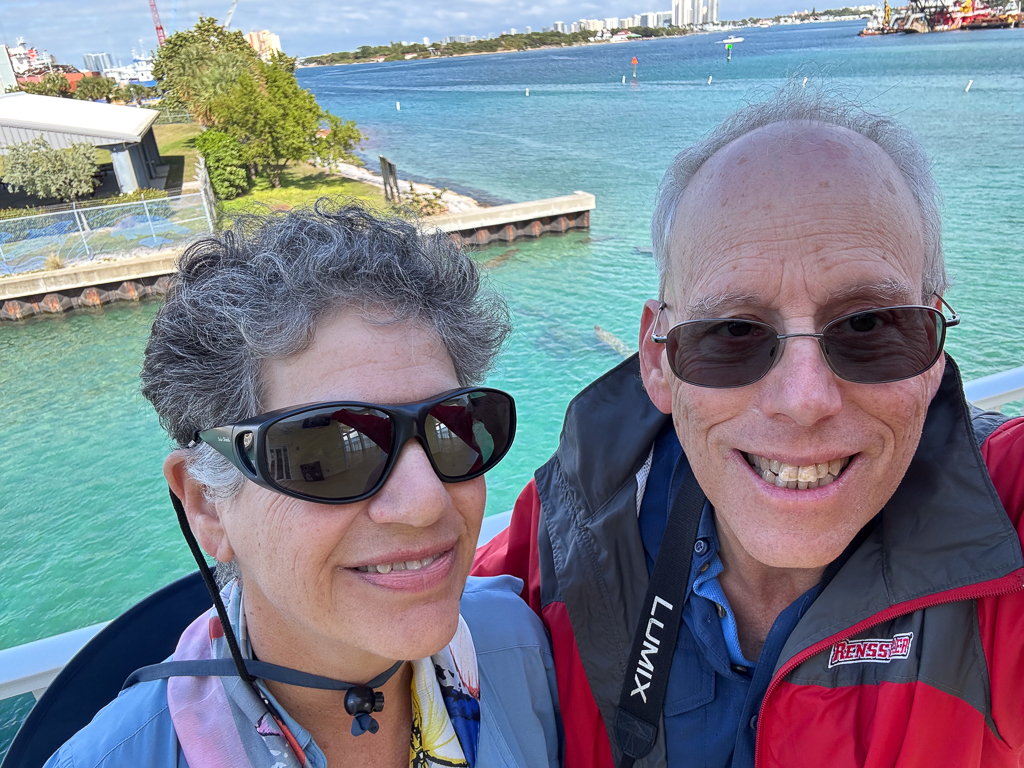
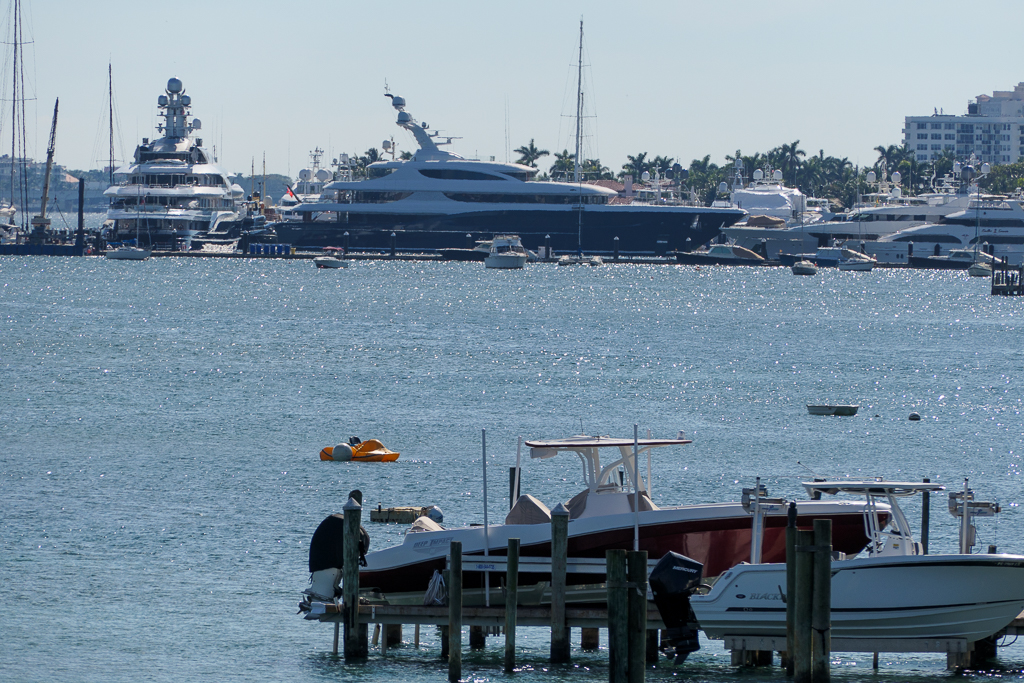
There are quite a few exhibits, both scientific and historical, as well as the manatees and other marine animals – it’s very interesting, and great PR for FPL.
We drove up to Juno Beach to TerMarsch Groves‘s store. I was hoping to taste their honeybell tangelos, but they’re not ready yet; I enjoyed their other citrus instead. We ordered 3 dozen honeybells to be delivered later in the month – there are times I miss living in South Florida!
On the way back to the apartment, we stopped at a pawn shop and an Aldi store (both at my sister-in-law’s suggestion, since I said I’d never been to either one). I left both places empty-handed. :-)
